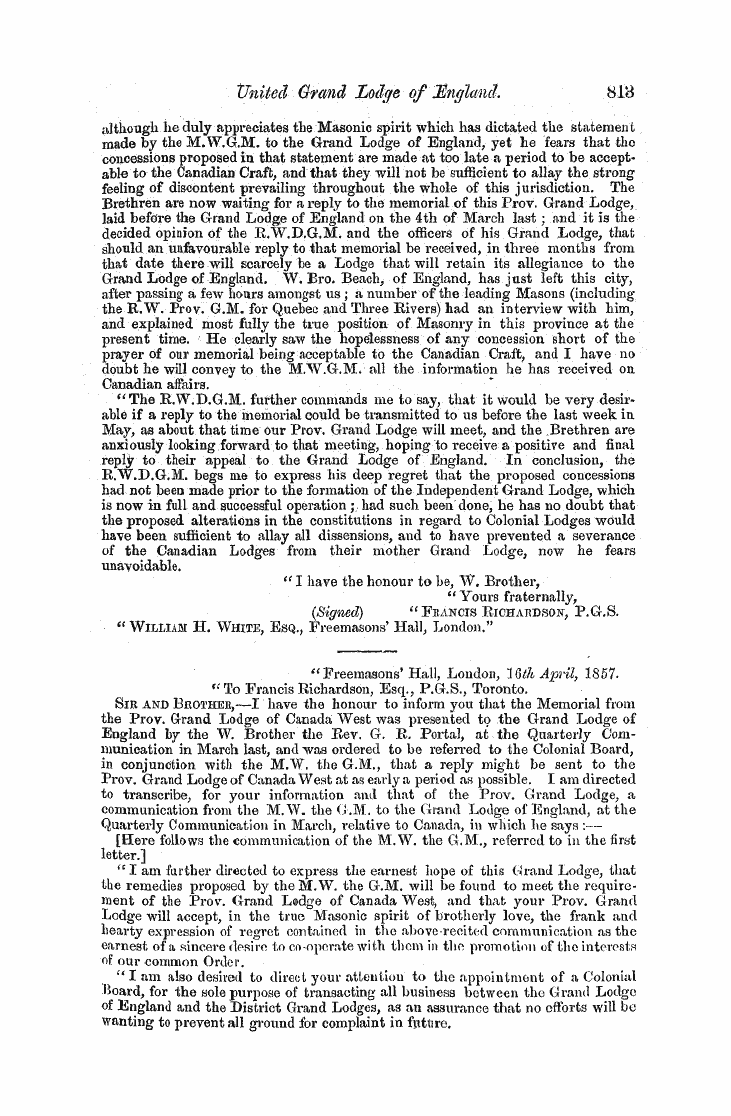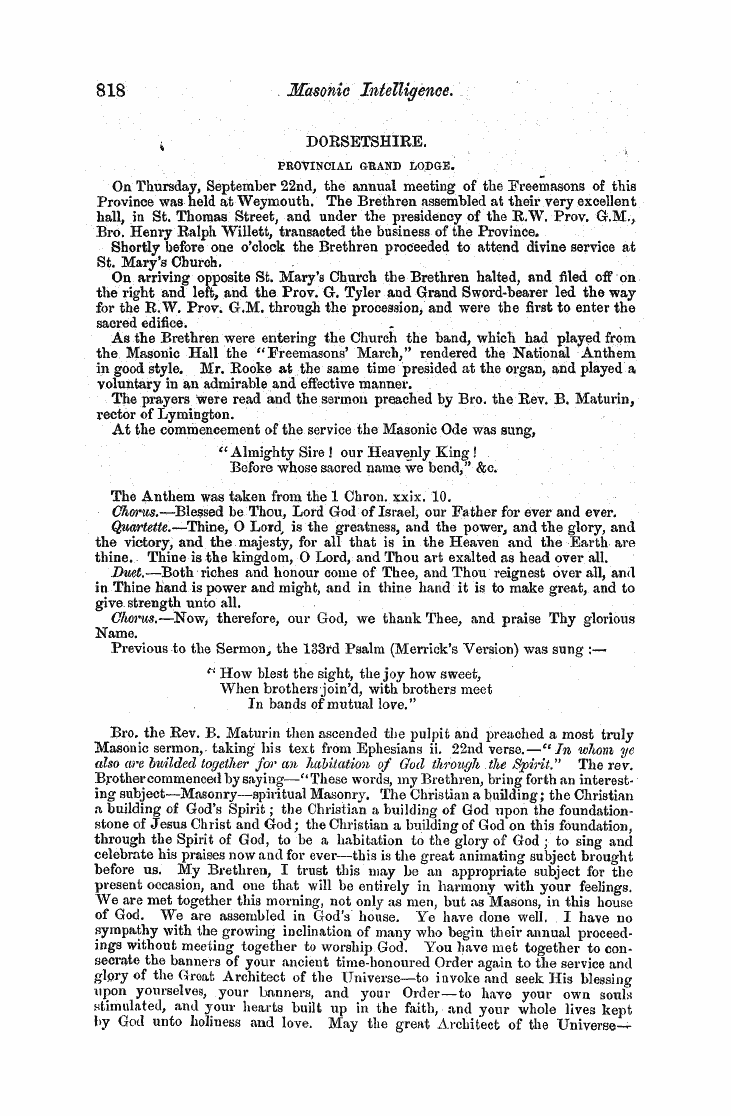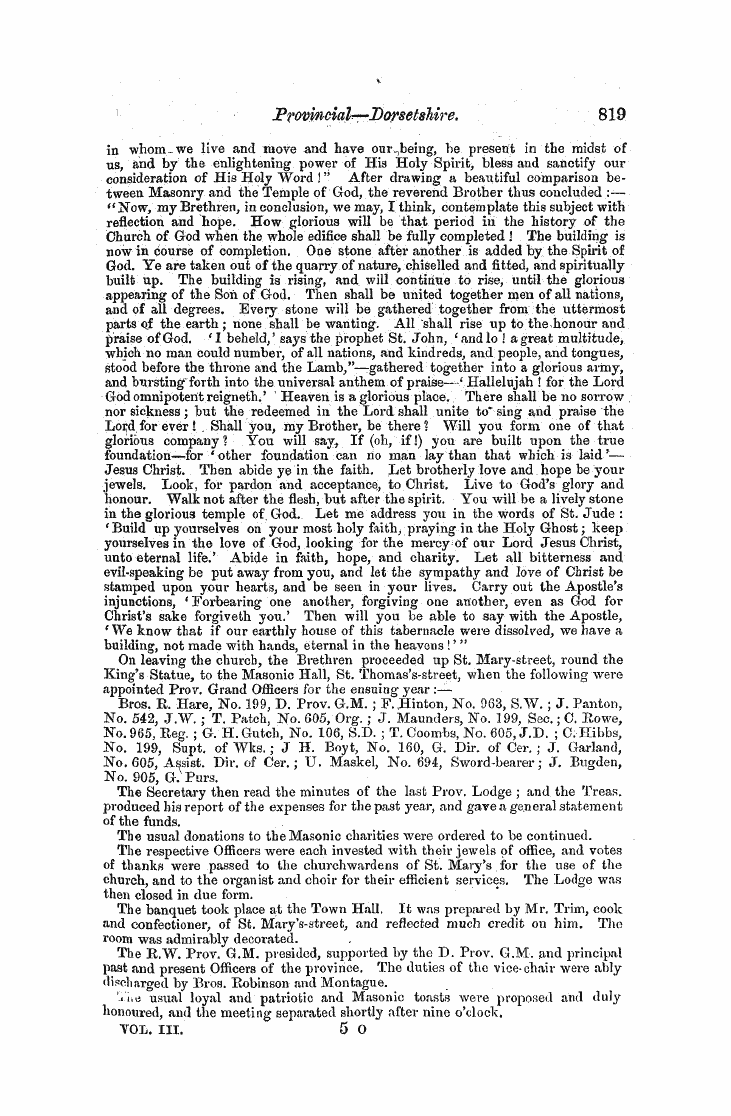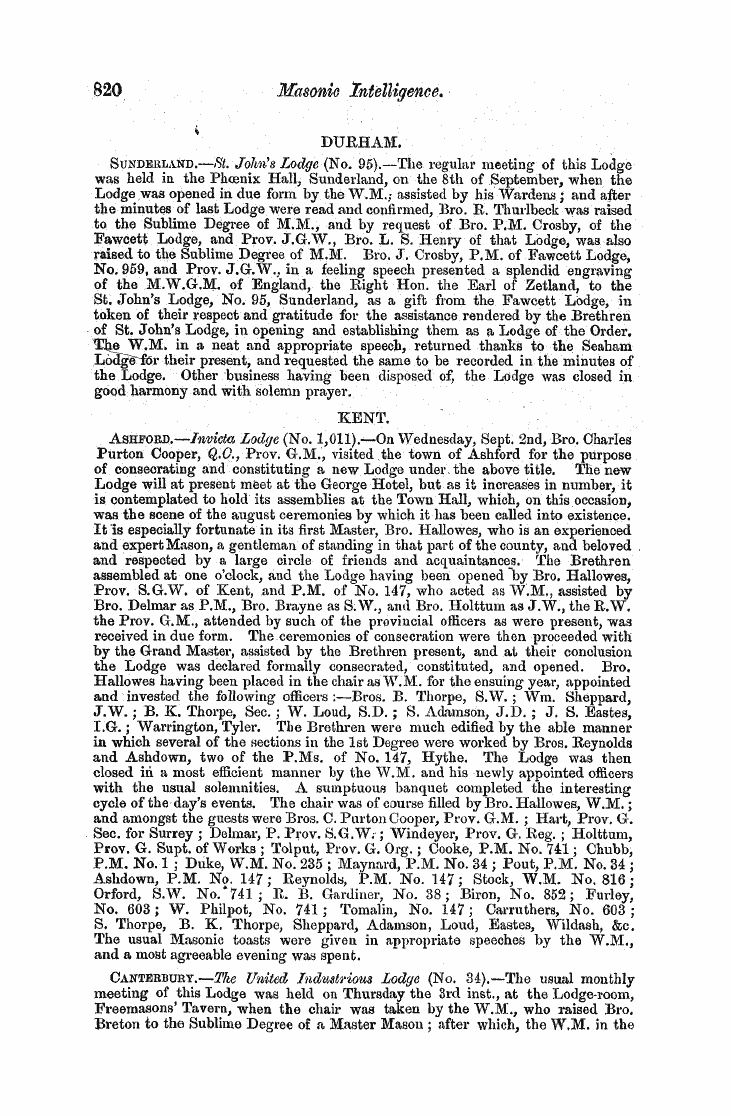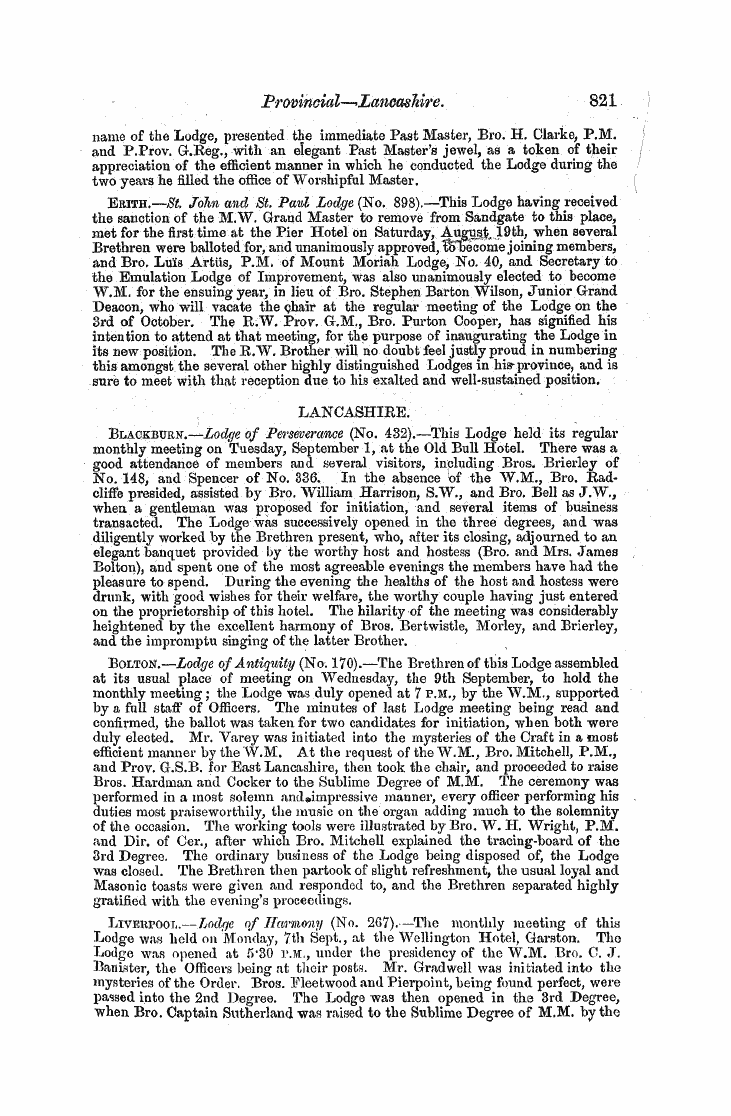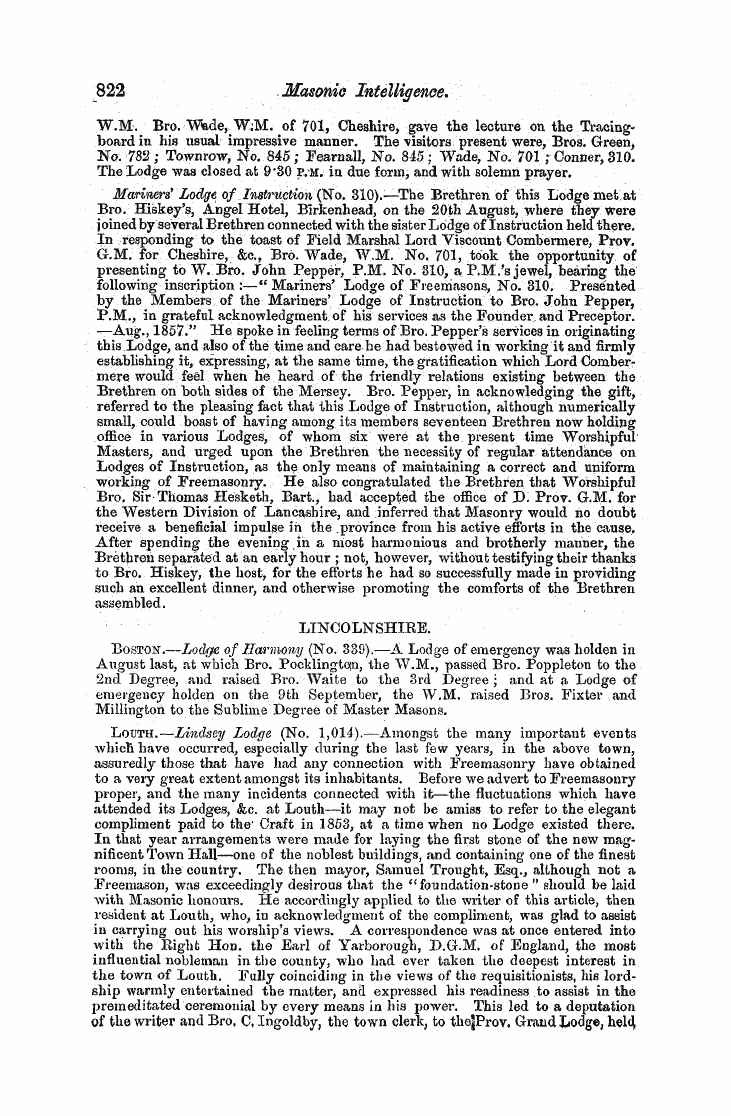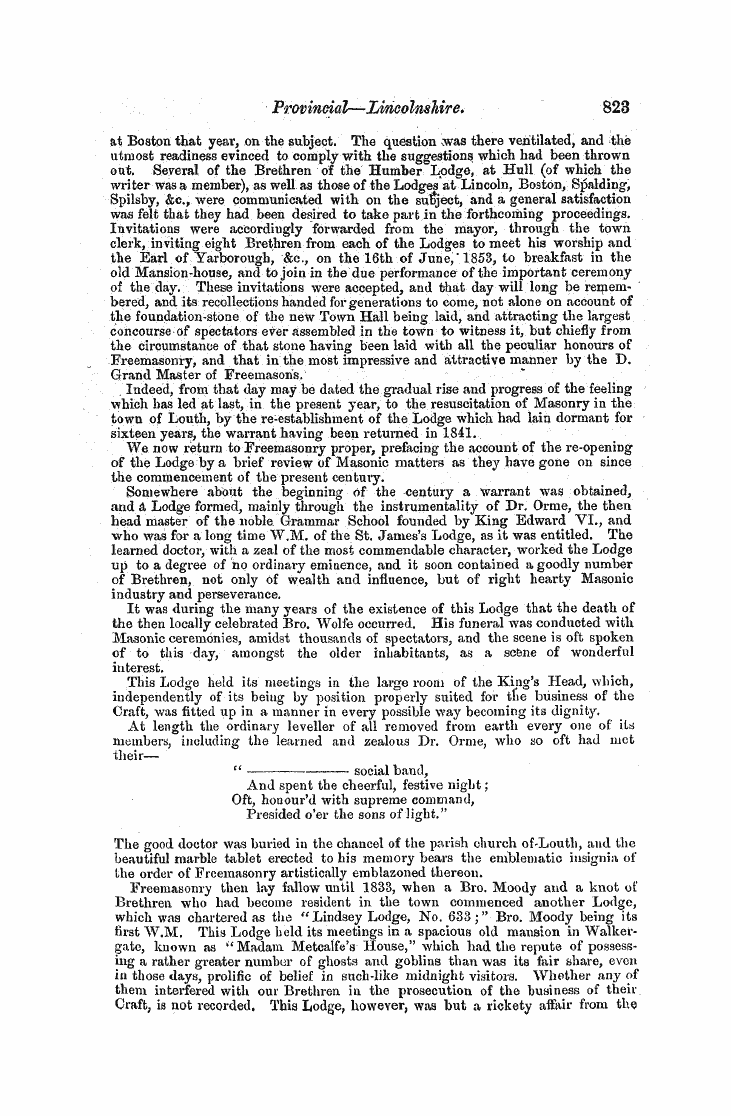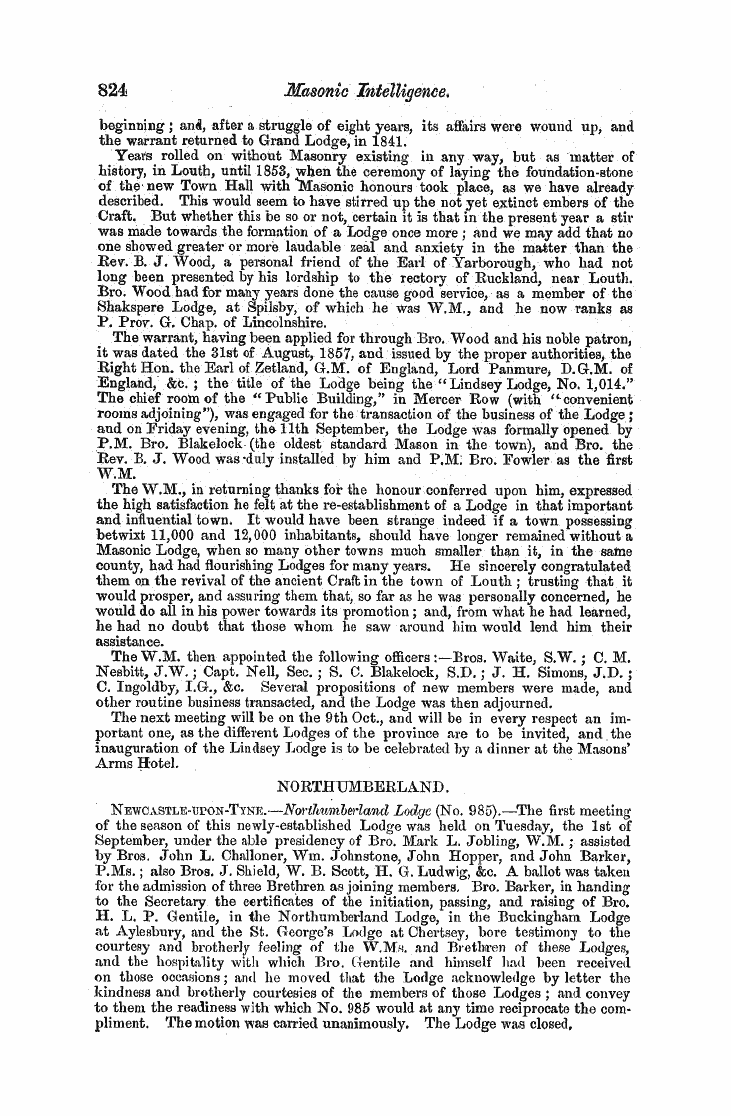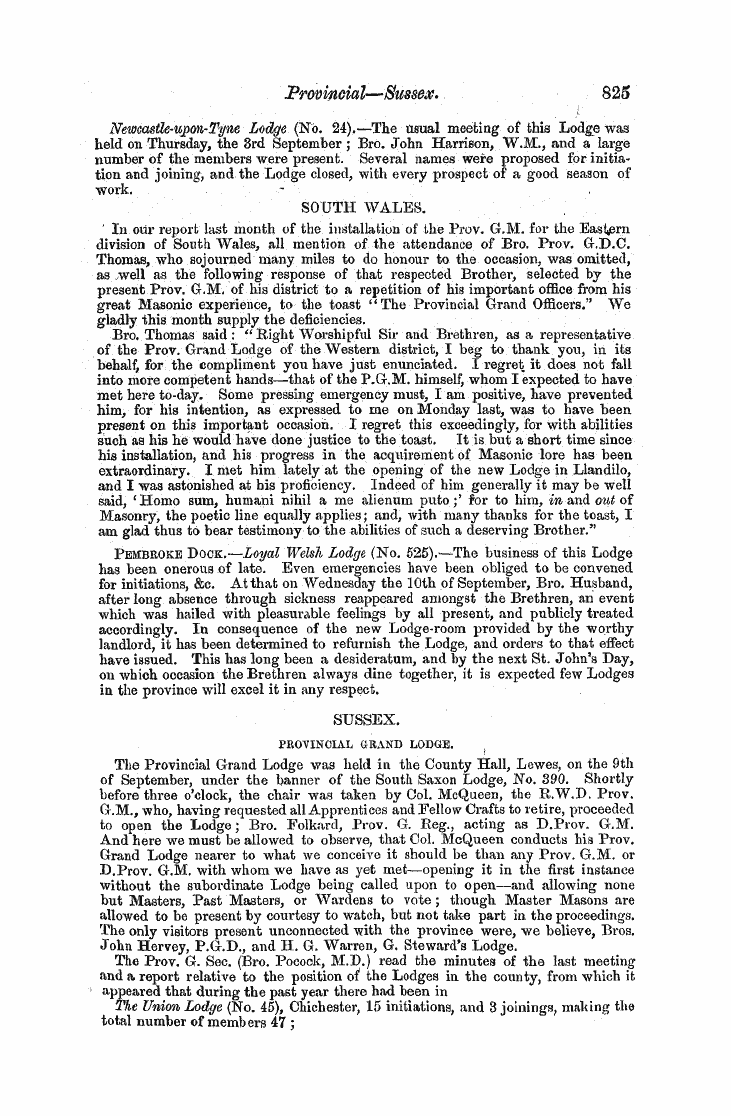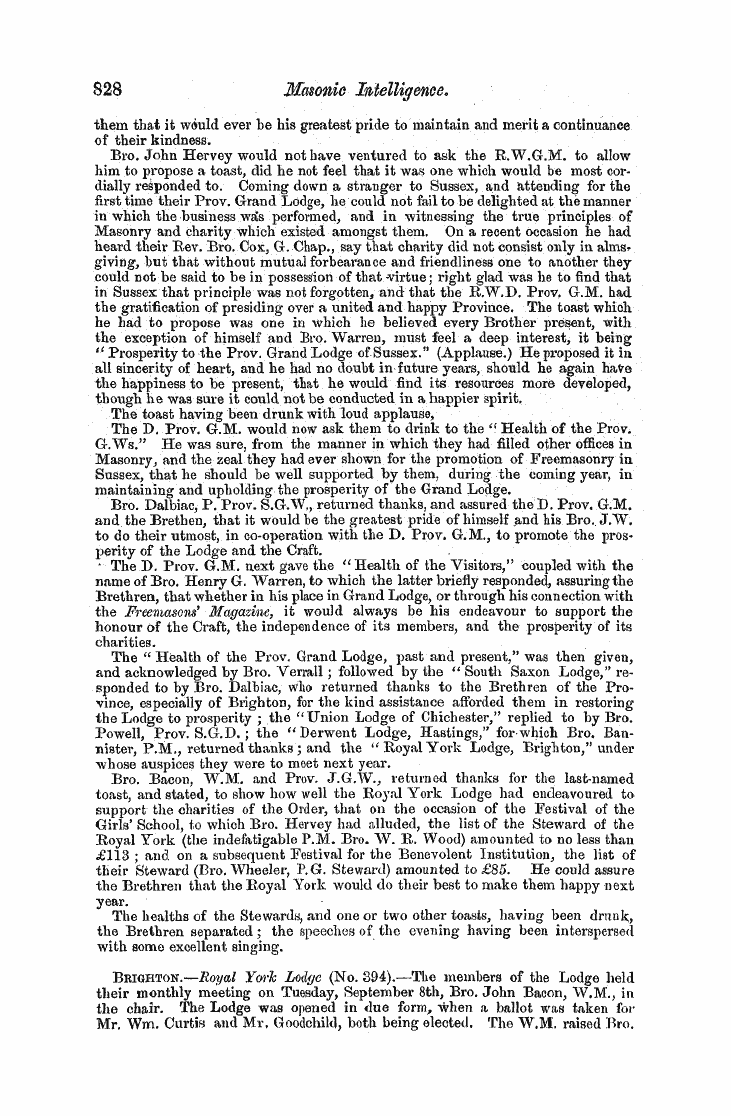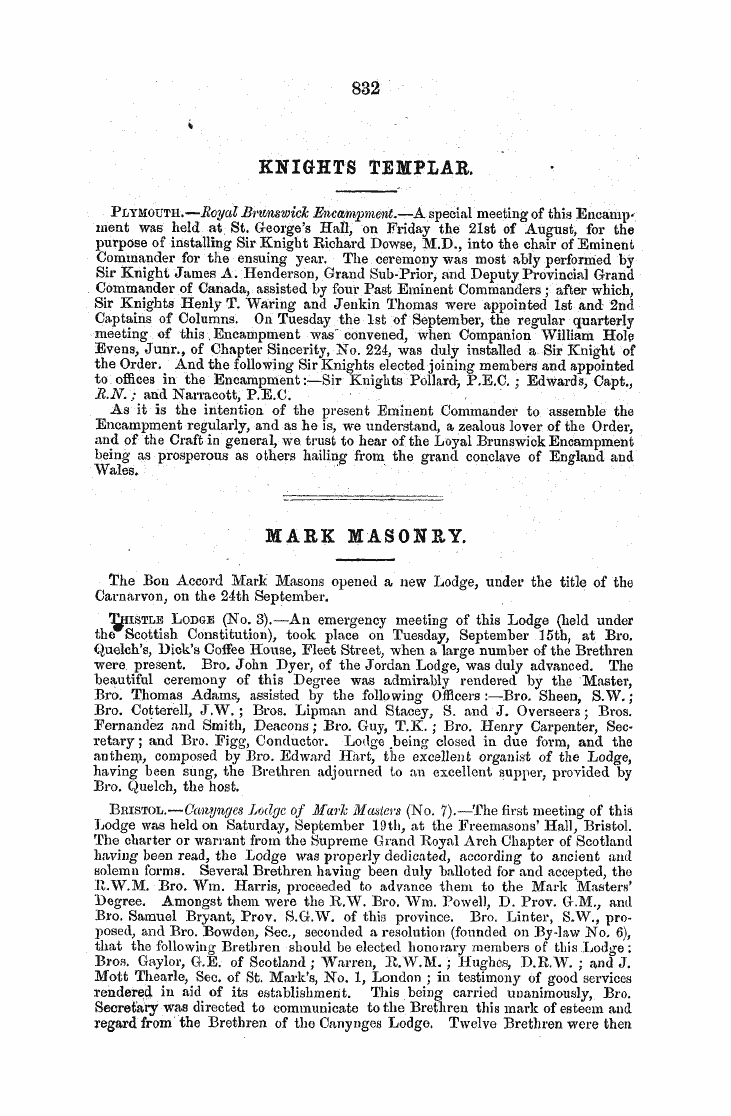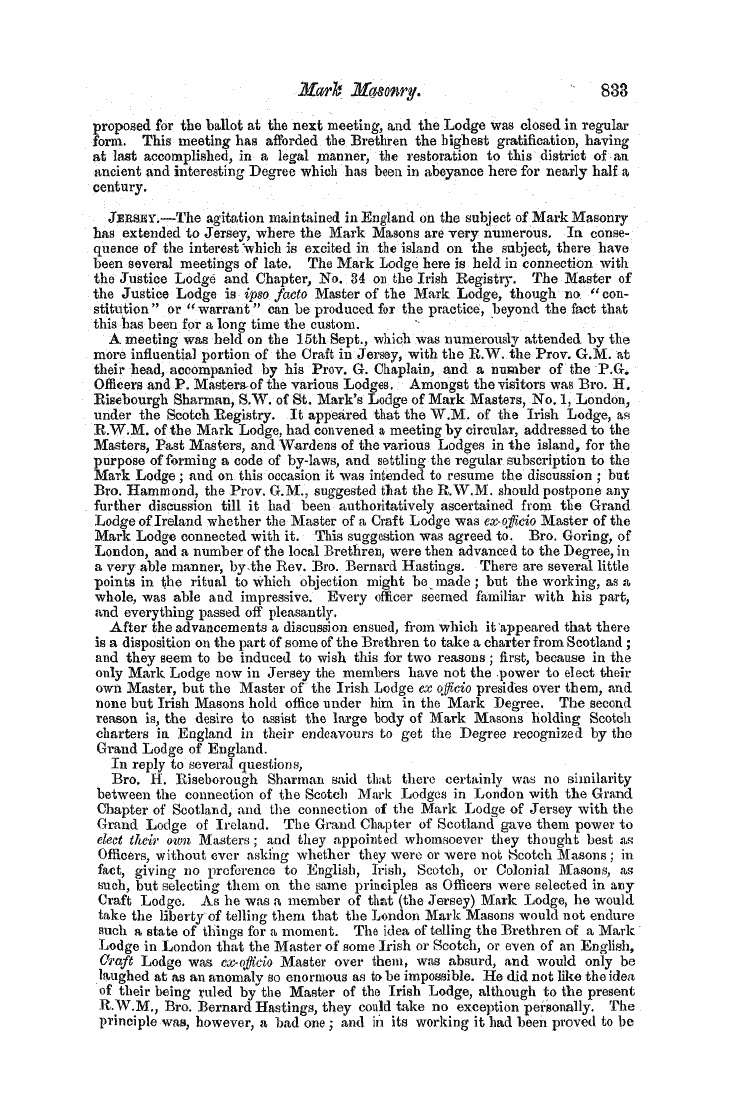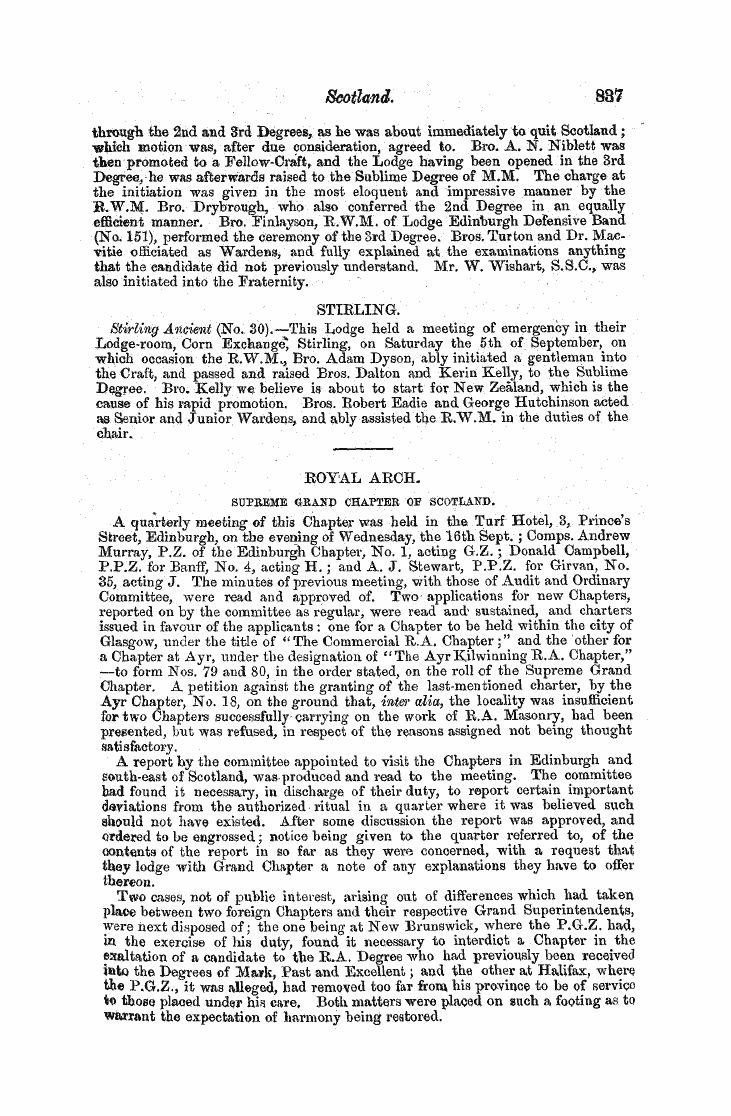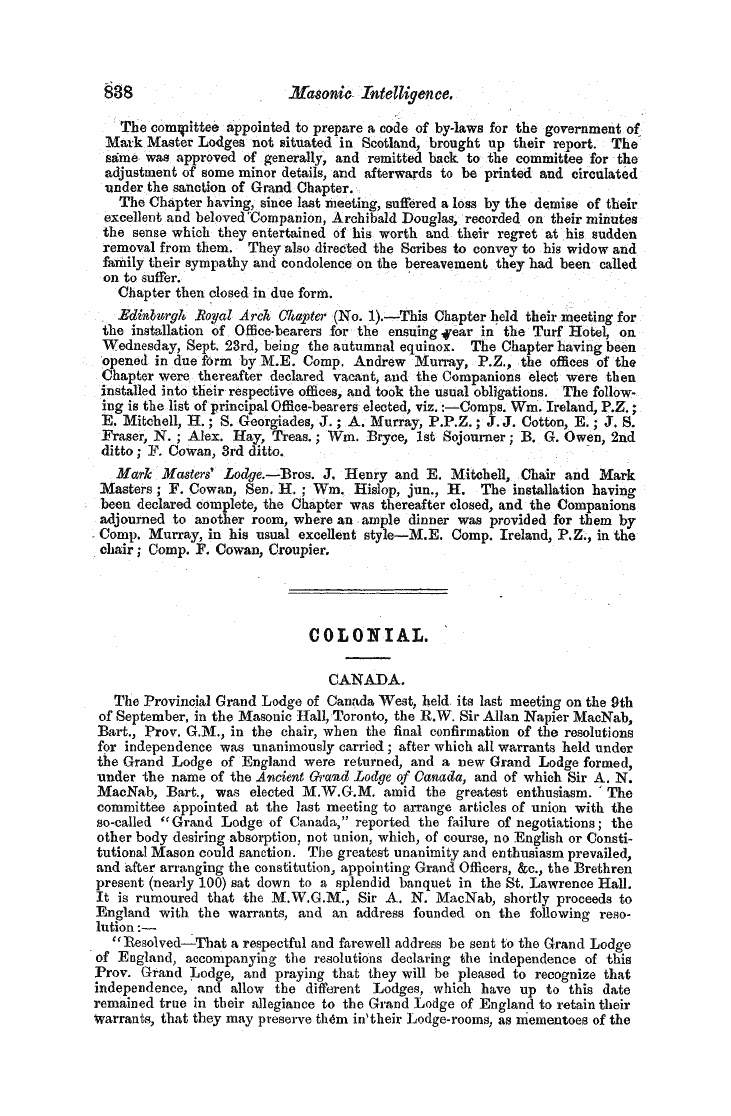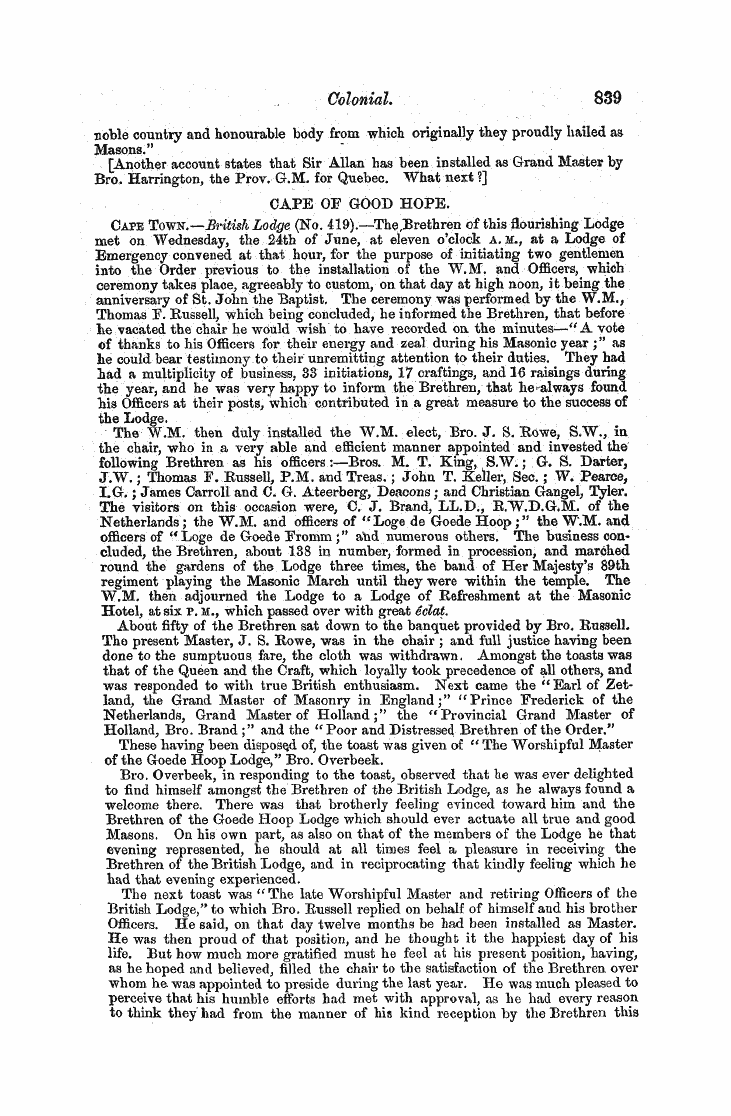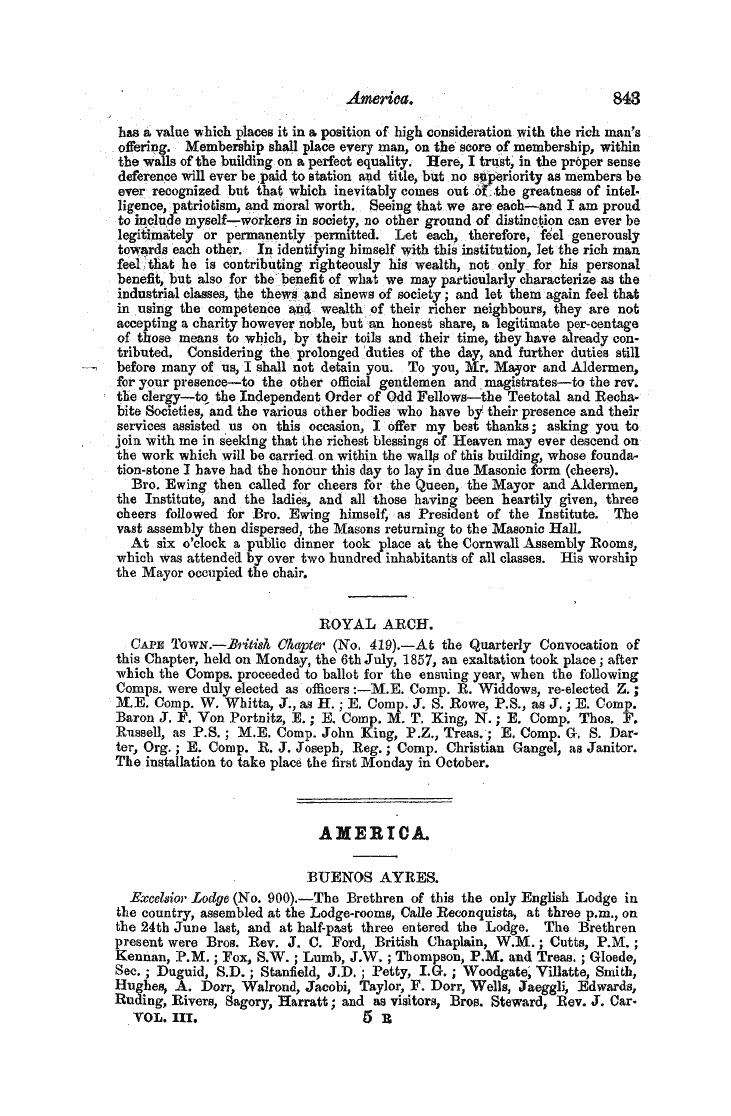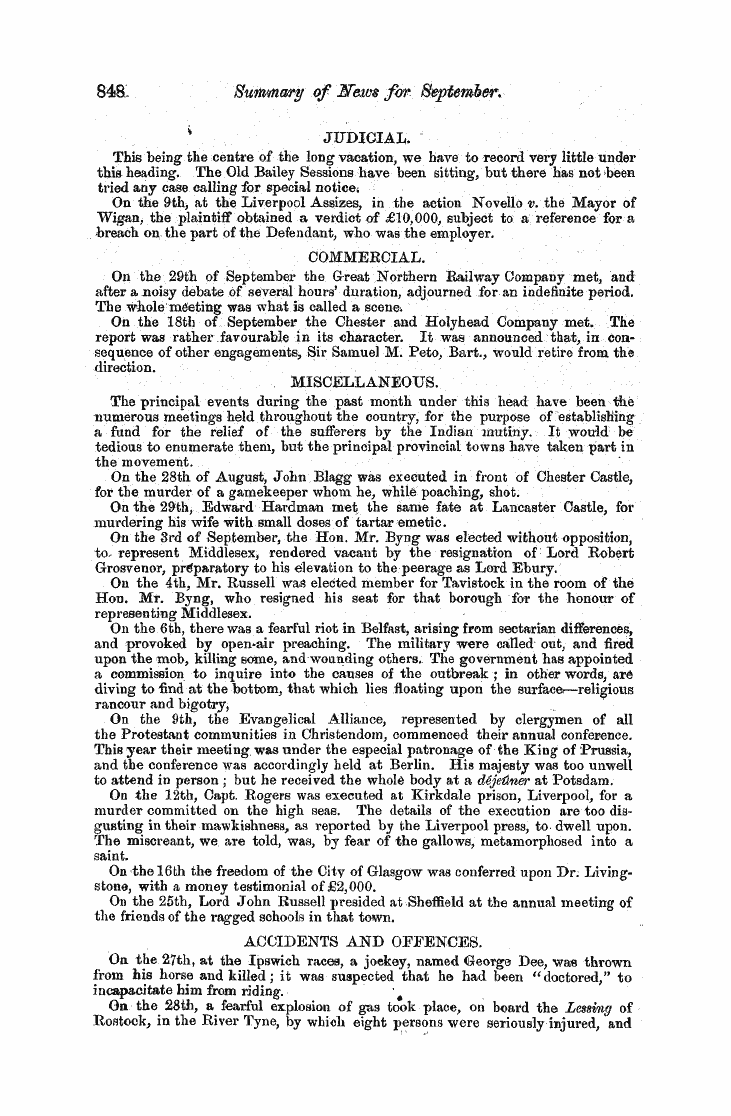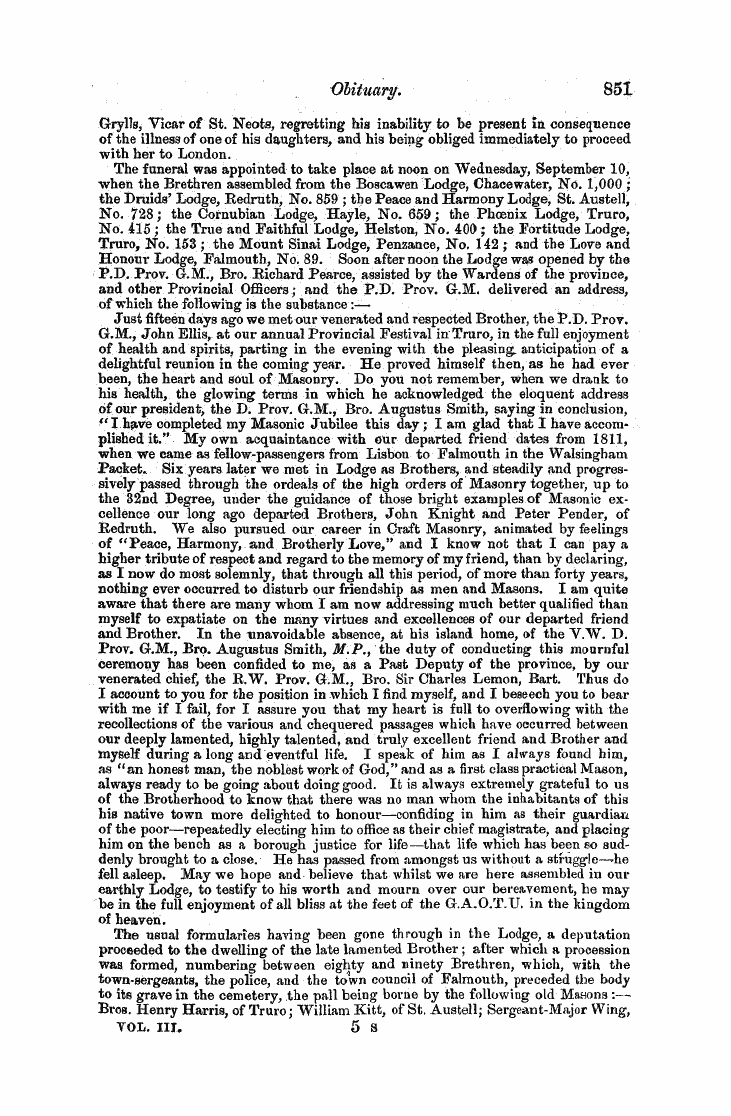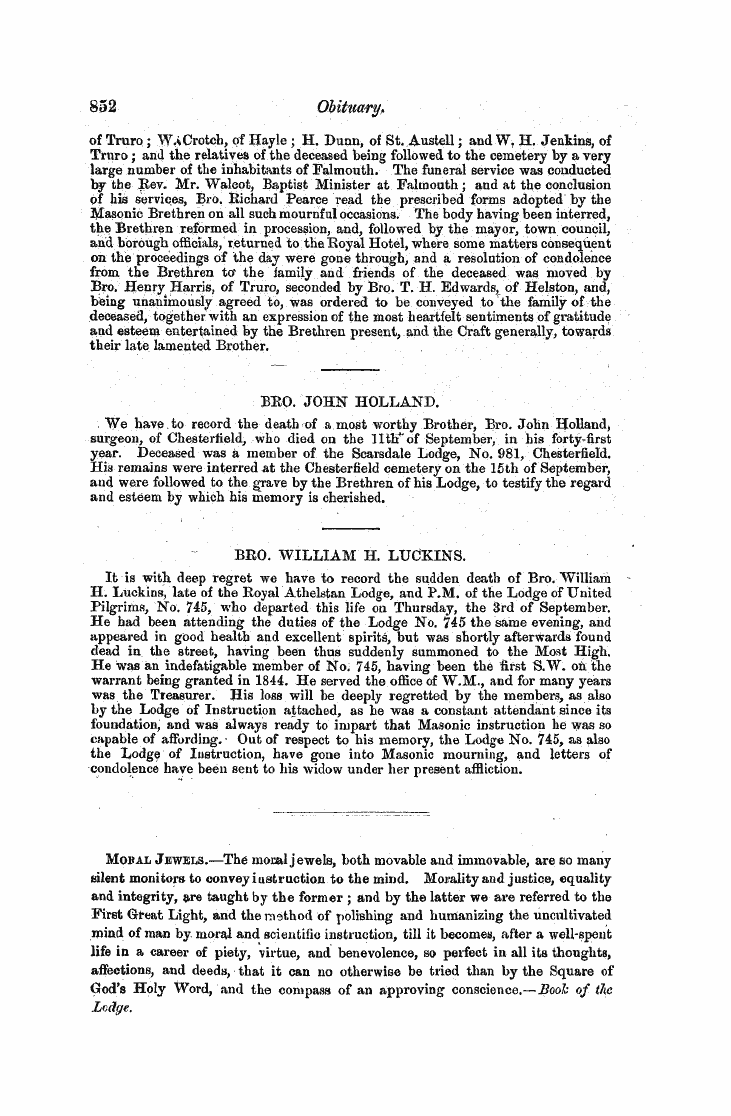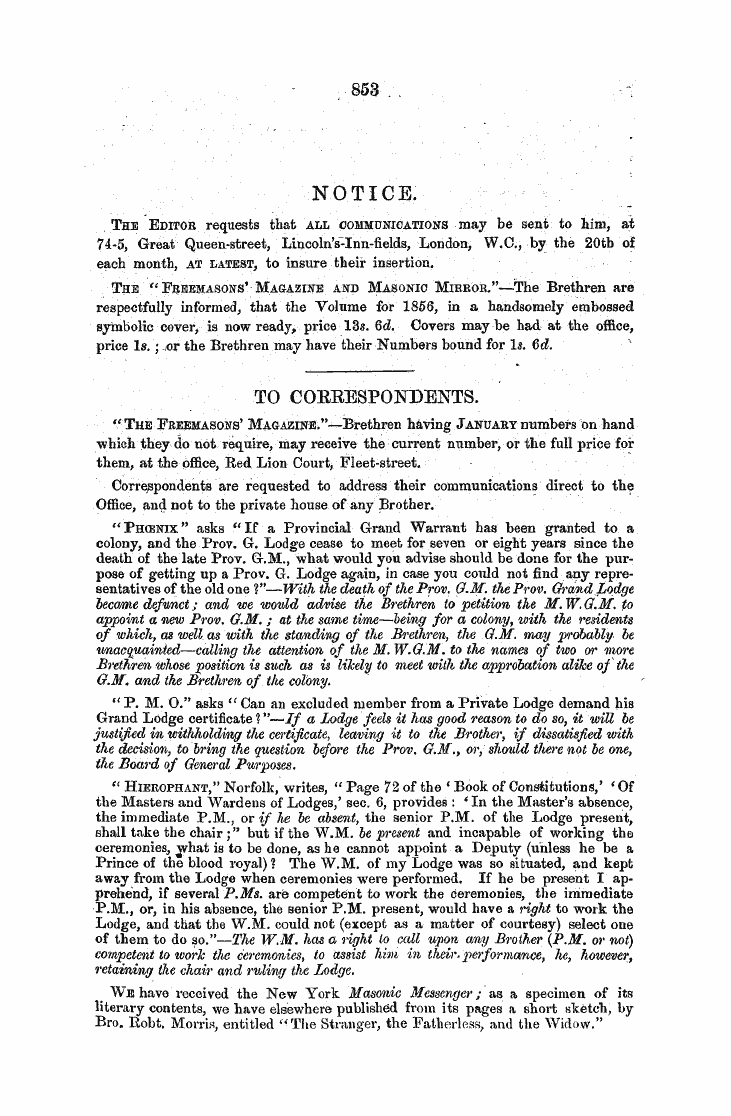Note: This text has been automatically extracted via Optical Character Recognition (OCR) software.
Chivaley,
virtues of | aith , hope , and charity , which are alluded to in the motto of the ordev ^ JMajimciaitiuno—on the jewel , which is suspended by a red ribbon . ^ Che knights were then presented to the sovereign or Grand M ^ rendered their homage and oath
pf vassalag ; e and fidelity ; the sovereign , kissing the feffc cheek of each , said , " In "the name of t ^ Holy Ghost , I make you a Knight on the sword . ^ to say , that on the revived of the Order of t & e Bath in 1725 , the religious rites and bathing were done away
. t ^ li * -.- > v- .. '¦ ' . ' . - . ' . v-: ;\ . ' : ¦¦ ; .::. . . , ; ' . In the earliest account we have of the ceremonial ^ as well as in the creation of a Knight of the Bath in our own land r we recognize the influence of the Church ; and in an age of barbarism the illusion of religion ^ with every imposing circumstance of solemnity , a * inch ah important period in a warriors life was highly necessary
* Ejae age of Chivalry was truly one of the most grossly brutal in the History of European society . There was at that perio ^ the greatest amount of crime and violence , the most dissolute manners prevailed , and by the turbulence of the all ^ powerM barons the public peace was ineessautly disturbed / The moral developnient in all the obligations imposed upon the Chevalier from the eleventh to the fourteenth
century was very opposite to the condition of lay society at that period , and could only have emanated from the clergy . Their influence , it must be owned , was constantly employed in directing men towards the fulfilment of those duties they owed to society , and the improvement of the ideas and usages to which Chivalry had given birth . Hence the literature of the period was strongly impressed with
the spirit of the age ; the adventures , the duties , and the ceremonies of Chivalry formed the mine to which the poets and minstrels resorted for means of charming the people , and of gratifying that thirst for stirring emotions and that craving of the imagination natural to man throughout all ages , and which is not found in real life .
In connection with Chivalry , and about the middle of the twelfth century , Hebamxry had its origin ; this almost all writers assert to have been adopted to distinguish the leaders in the Crusades by some outward sign , amid the confusion of battle . The bearing of heraldic devices appears to have become hereditary at the commencement of the thirteenth century ; and the earliest document relating
to the subject extant , is the famous roll of Caerllavroch , a poem in old Norman-French , which rehearses the names and armorial bearings of all the barons , knights , & c , who attended Edward I . at the siege of Caerllavroch Castle , a . d . 1300 .
As we are strongly impressed with the opinion , that the adoption of the coat-of-arms , which originally was borne upon the skirts of the coat of the individual , emanated from the knights vowed to the recovery of the Holy Land , and who were the continuation of the Masonic Order , the study of heraldry and its various distinguishing marks is a subject well deserving a careful examination by every inquirer into the history of our institution . It is not our intention
Note: This text has been automatically extracted via Optical Character Recognition (OCR) software.
Chivaley,
virtues of | aith , hope , and charity , which are alluded to in the motto of the ordev ^ JMajimciaitiuno—on the jewel , which is suspended by a red ribbon . ^ Che knights were then presented to the sovereign or Grand M ^ rendered their homage and oath
pf vassalag ; e and fidelity ; the sovereign , kissing the feffc cheek of each , said , " In "the name of t ^ Holy Ghost , I make you a Knight on the sword . ^ to say , that on the revived of the Order of t & e Bath in 1725 , the religious rites and bathing were done away
. t ^ li * -.- > v- .. '¦ ' . ' . - . ' . v-: ;\ . ' : ¦¦ ; .::. . . , ; ' . In the earliest account we have of the ceremonial ^ as well as in the creation of a Knight of the Bath in our own land r we recognize the influence of the Church ; and in an age of barbarism the illusion of religion ^ with every imposing circumstance of solemnity , a * inch ah important period in a warriors life was highly necessary
* Ejae age of Chivalry was truly one of the most grossly brutal in the History of European society . There was at that perio ^ the greatest amount of crime and violence , the most dissolute manners prevailed , and by the turbulence of the all ^ powerM barons the public peace was ineessautly disturbed / The moral developnient in all the obligations imposed upon the Chevalier from the eleventh to the fourteenth
century was very opposite to the condition of lay society at that period , and could only have emanated from the clergy . Their influence , it must be owned , was constantly employed in directing men towards the fulfilment of those duties they owed to society , and the improvement of the ideas and usages to which Chivalry had given birth . Hence the literature of the period was strongly impressed with
the spirit of the age ; the adventures , the duties , and the ceremonies of Chivalry formed the mine to which the poets and minstrels resorted for means of charming the people , and of gratifying that thirst for stirring emotions and that craving of the imagination natural to man throughout all ages , and which is not found in real life .
In connection with Chivalry , and about the middle of the twelfth century , Hebamxry had its origin ; this almost all writers assert to have been adopted to distinguish the leaders in the Crusades by some outward sign , amid the confusion of battle . The bearing of heraldic devices appears to have become hereditary at the commencement of the thirteenth century ; and the earliest document relating
to the subject extant , is the famous roll of Caerllavroch , a poem in old Norman-French , which rehearses the names and armorial bearings of all the barons , knights , & c , who attended Edward I . at the siege of Caerllavroch Castle , a . d . 1300 .
As we are strongly impressed with the opinion , that the adoption of the coat-of-arms , which originally was borne upon the skirts of the coat of the individual , emanated from the knights vowed to the recovery of the Holy Land , and who were the continuation of the Masonic Order , the study of heraldry and its various distinguishing marks is a subject well deserving a careful examination by every inquirer into the history of our institution . It is not our intention










































